Tall building forum held in Ho Chi Minh City
This event, supported by the Council on Tall Buildings and Urban Habitat (CTBUH), brought together stakeholders from the construction industry and government to discuss the challenges and opportunities of sustainable urban development in Vietnam.
According to CTBUH, a building of 14 or more stories – or from 50 to 300m in height – could typically be used as a threshold for a “tall building."
 |
Shonn Mills, chairman of the Board of Trustees at CTBUH, told VIR that, despite this great opportunity, challenges remained for Vietnam in the construction of tall buildings.
“Challenges are in items and elements of the development models that exist on how to allow access and focus on zoning for where the best places are for tall buildings and also access to funding. Others are access to the right skill sets for both the combination of global designers in best practice and partnering that with local knowledge, which is really the best recipe for success for this type of overprint,” Mills said.
For Ho Chi Minh City particularly, with many canals and small rivers, there have been several case studies that shown how difficult it would be to work around water tables.
“Access to water and the canals is actually a fantastic opportunity to really integrate the local culture. The local vernacular in how tall buildings can actually show up in Vietnam and the best tall buildings are actually a kind of reflection of the community, the way the community lives, and the city's topography. Incorporating canals into the developments is really a keyway to showcase them,” he said.
Mills assessed that the tall building boom in Vietnam is accelerating quickly, and even outpacing global rates.
Vietnam's rapidly growing cities face a critical challenge: balancing rapid growth with environmental stewardship.
The Tall Building Forum, hosted by the European Chamber of Commerce (EuroCham) in Vietnam and its Construction Sector Committee, confronted this challenge head-on, fostering a vibrant dialogue on technologies and strategies to ensure Vietnam's urban expansion is not only robust but also responsible.
In his opening address, Dominik Meichle, chairman of EuroCham Vietnam, championed international collaboration as a cornerstone for achieving these goals.
"This forum represents a unique opportunity for Vietnam and Team Europe to come together to reimagine our cities. By working together, we can construct urban environments that are not only more impressive, but also more environmentally conscious,” he said.
This sentiment was echoed by Michel Cassagnes, chairman of EuroCham's Construction Sector Committee, who emphasised shared responsibility for sustainable development.
"The future of our cities depends on our collective commitment to building smarter, not just bigger," he said, while lauding the forum for paving the way for "approaches that benefit both our economies and our environment".
Cutting-edge technologies, sustainable building materials, innovative design strategies, tackling pressing issues such as integrating high-rise buildings into existing urban landscapes, ensuring affordability and inclusivity, and minimising the environmental impact of tall buildings were also addressed.
The commitment to sustainable urban development extends beyond Vietnam's borders. EuroCham Cambodia will carry this momentum forward by hosting the 2024 edition of its established forum in Phnom Penh on May 30, underlining the European business community's ongoing dedication to responsible growth and innovation across Southeast Asia.
Martin Brisson, executive director of EuroCham Cambodia, expressed enthusiasm for the upcoming forum.
"With our partners at EuroCham Vietnam we will explore the importance of sustainability in modern construction, the regulatory environment for tall buildings, and the prospect of affordable tall buildings in the future. We are also proud to be showcasing some of the finest work of Cambodia’s architectural students, who will display their designs at the forum as part of the Tall Building Design Competition,” he said.
 | Four outlying HCM City districts to be upgraded into cities Ho Chi Minh City plans to speed up urbanisation of the four outlying districts of Can Gio, Cu Chi, Hoc Mon and Binh Chanh, making them cities by 2030 like it did to the erstwhile Thu Duc district. |
 | By 2045, Vietnam wants to have five metropolises of international stature The government's action plan to achieve Resolution No.06-NQ/TW of the Politburo on planning, building, management, and sustainable development of urban areas in Vietnam until 2030, with a vision to 2045, calls for the establishment of five vibrant urban metropolises by 2045. |
 | Hanoi strives to raise urbanisation rate to 75 pc by 2030 The capital city of Hanoi is striving to increase its urbanisation rate to 60-62 per cent by 2025 and around 65-75 per cent by 2030. |
What the stars mean:
★ Poor ★ ★ Promising ★★★ Good ★★★★ Very good ★★★★★ Exceptional
Related Contents
Latest News
More News
- Hanoi has long road to travel in becoming a smart city (November 03, 2024 | 15:00)
- Nam Long Group hands over keys to Akari City Phase 2 (October 30, 2024 | 18:29)
- KTG Industrial expands industrial footprint at Taitronics 2024 (October 29, 2024 | 14:46)
- Deal signed for sustainable development at Prodezi Eco-Industrial Park (October 26, 2024 | 10:02)
- Metro lines push up real estate prices (October 24, 2024 | 15:44)
- Mitsubishi Estate expands with Logicross Nam Thuan in Long An (October 23, 2024 | 08:00)
- Nam Dinh Vu IP opens parallel road to Tan Vu-Lach Huyen Highway (October 22, 2024 | 12:08)
- Networking events for real estate investors held in Ho Chi Minh City (October 17, 2024 | 11:22)
- Real estate cannot go global without green awareness (October 16, 2024 | 15:12)
- Green developers seek preferential policies (October 16, 2024 | 15:02)


 Tag:
Tag:



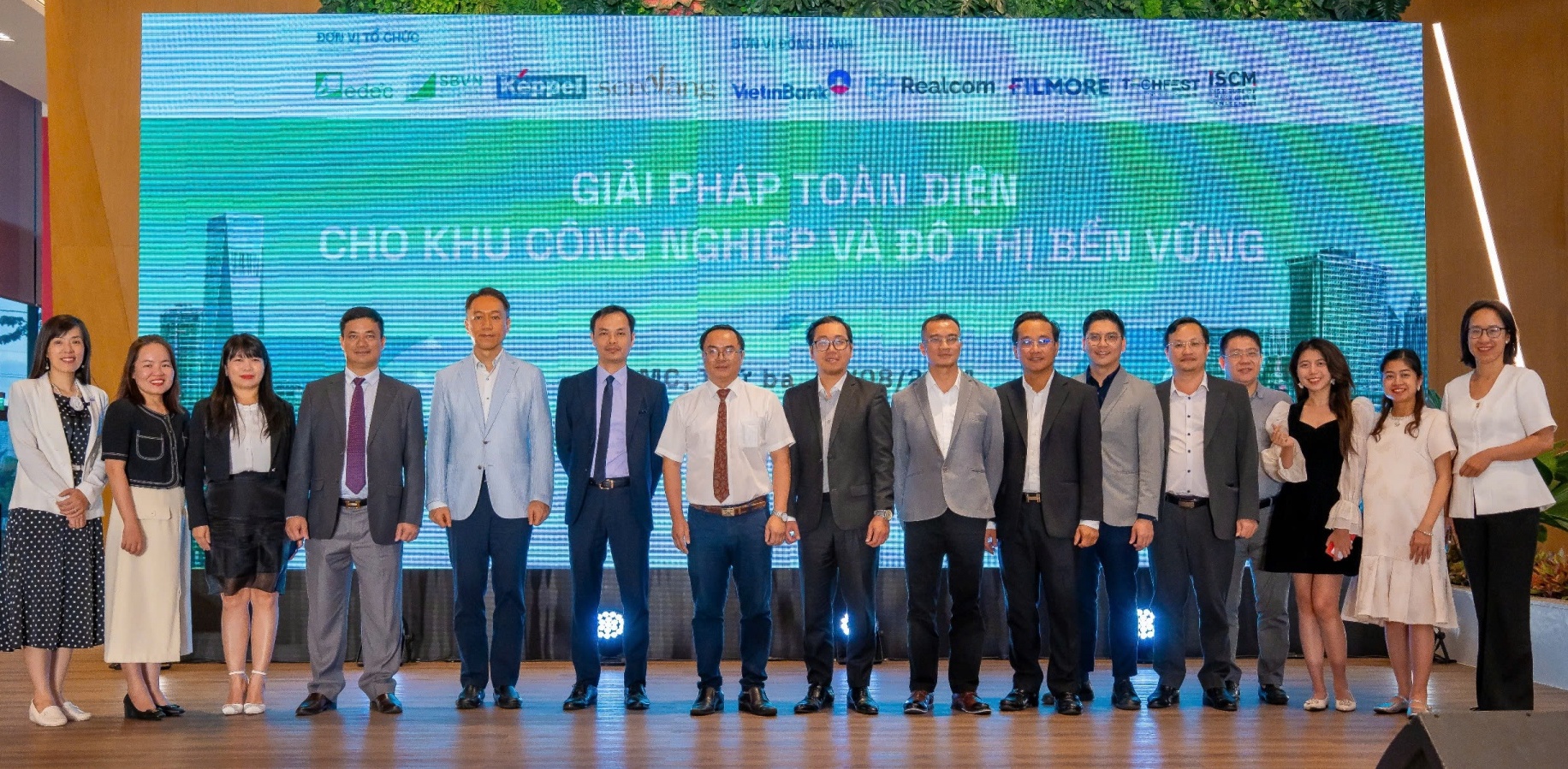


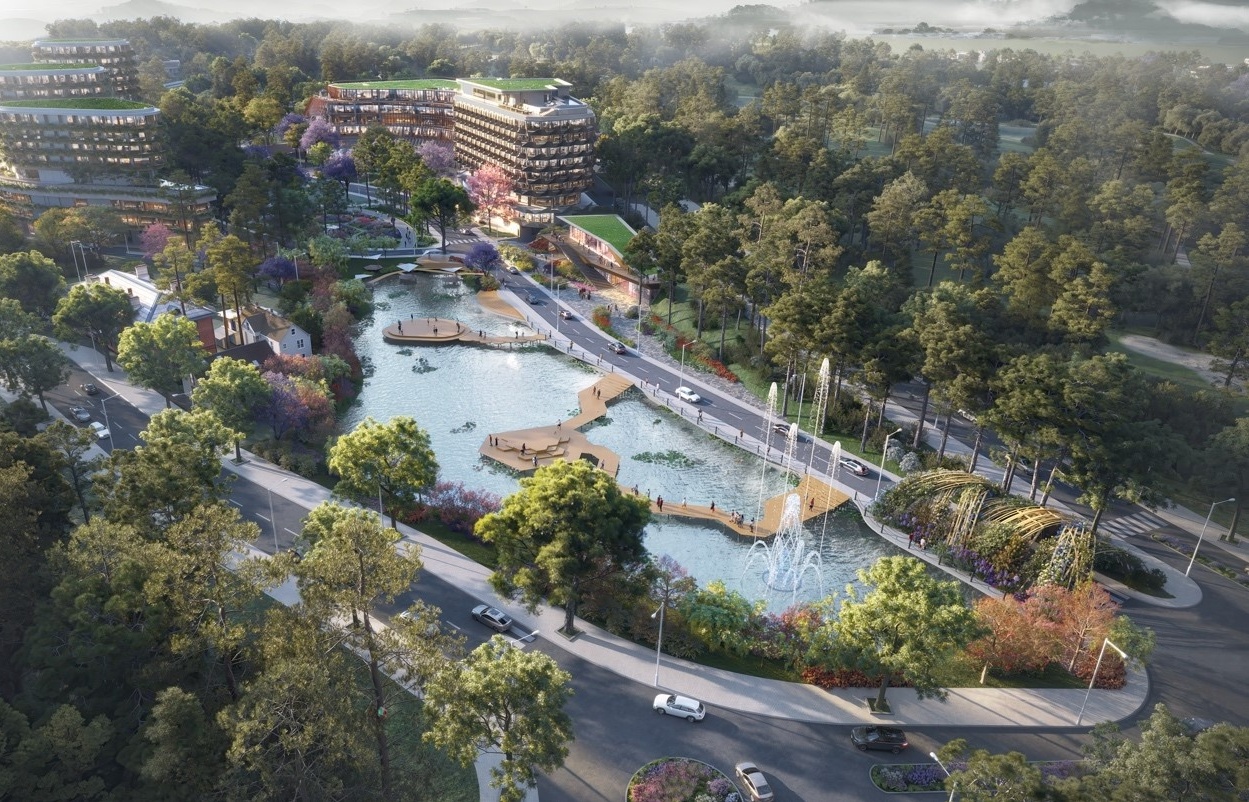

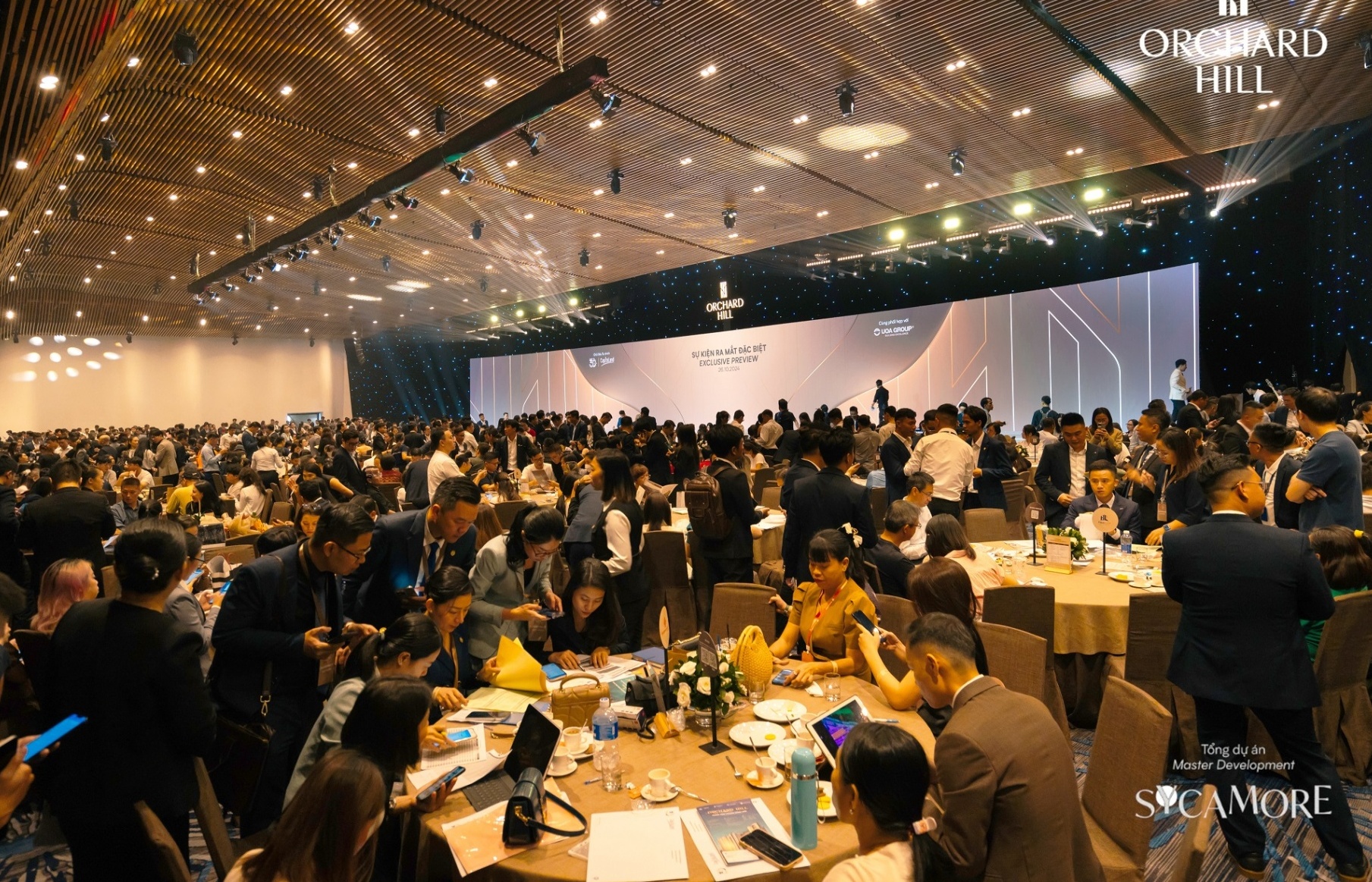
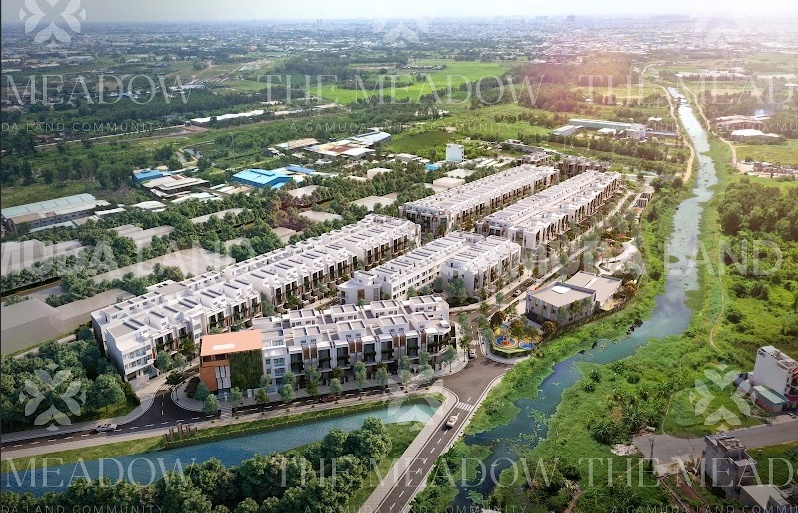



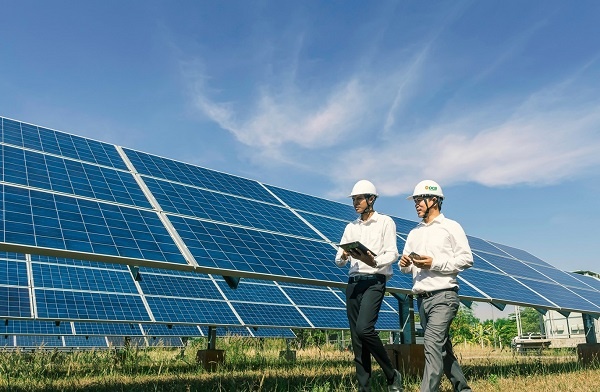





 Mobile Version
Mobile Version